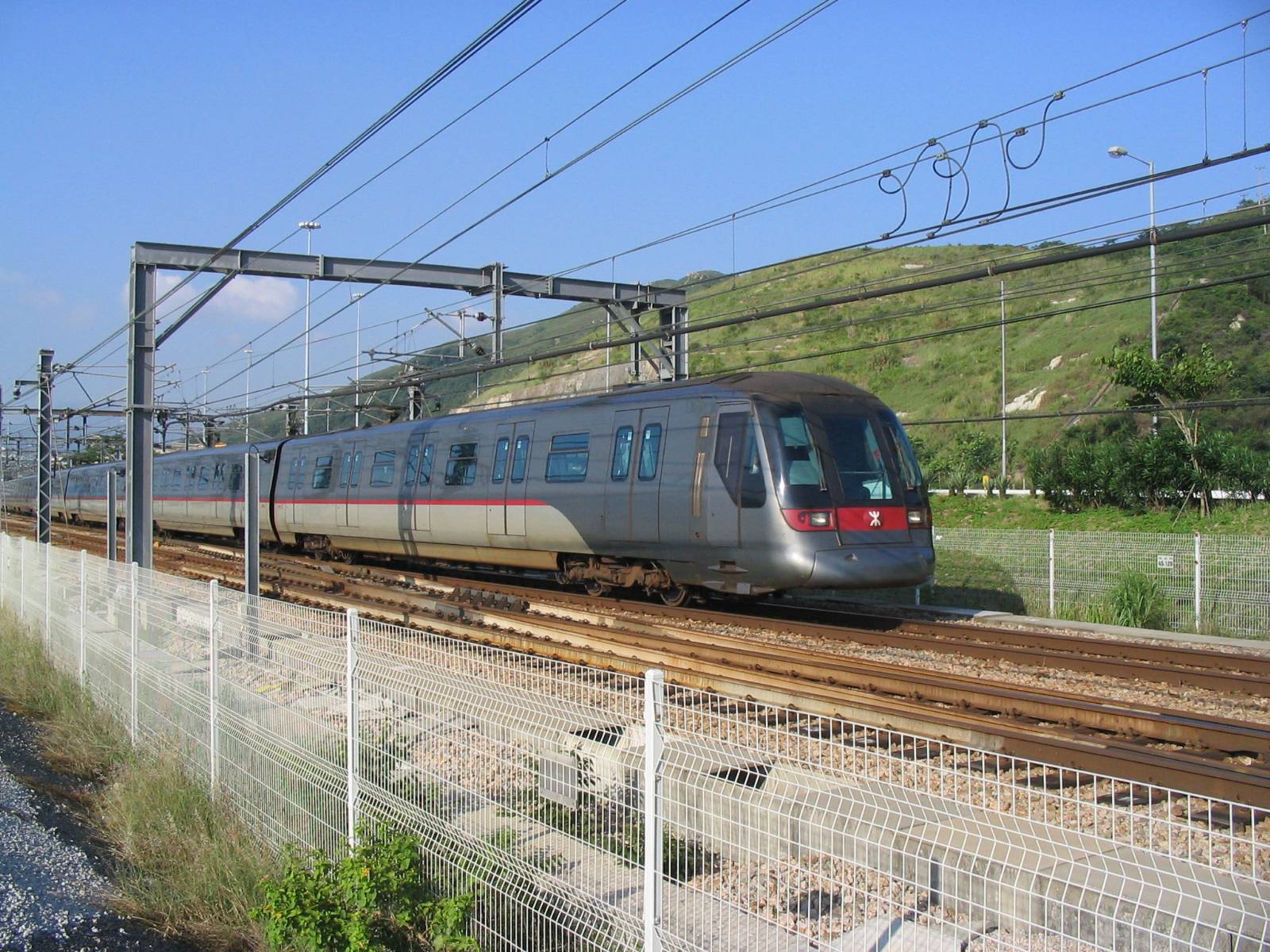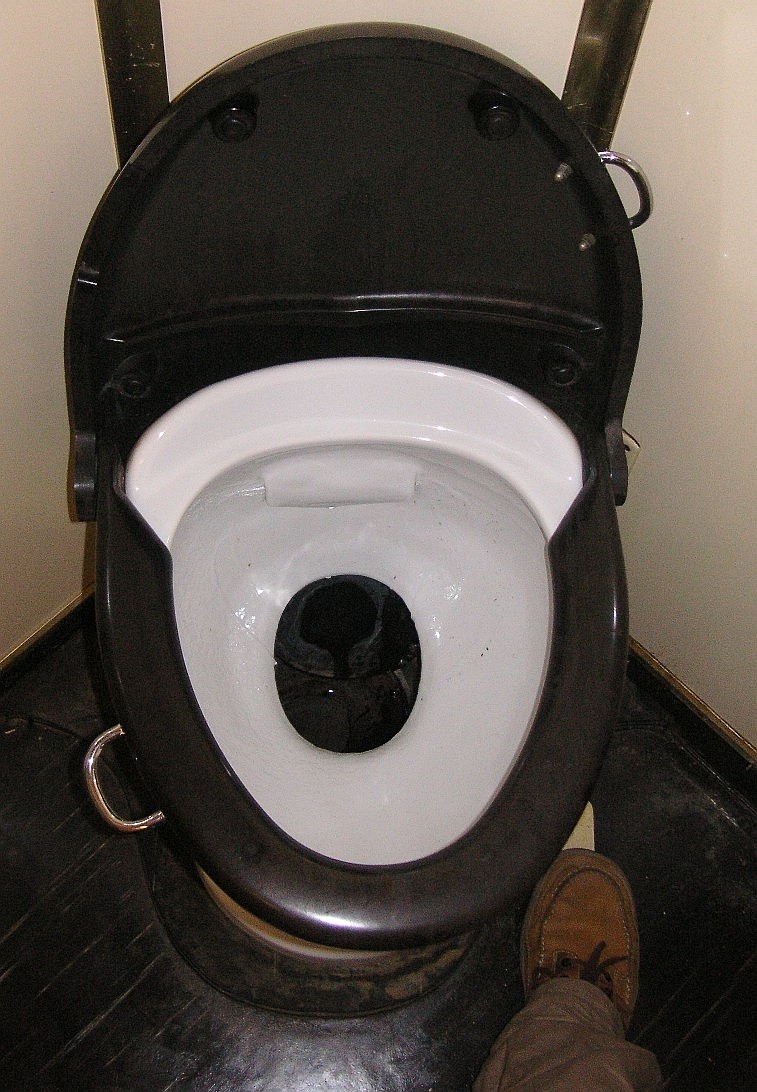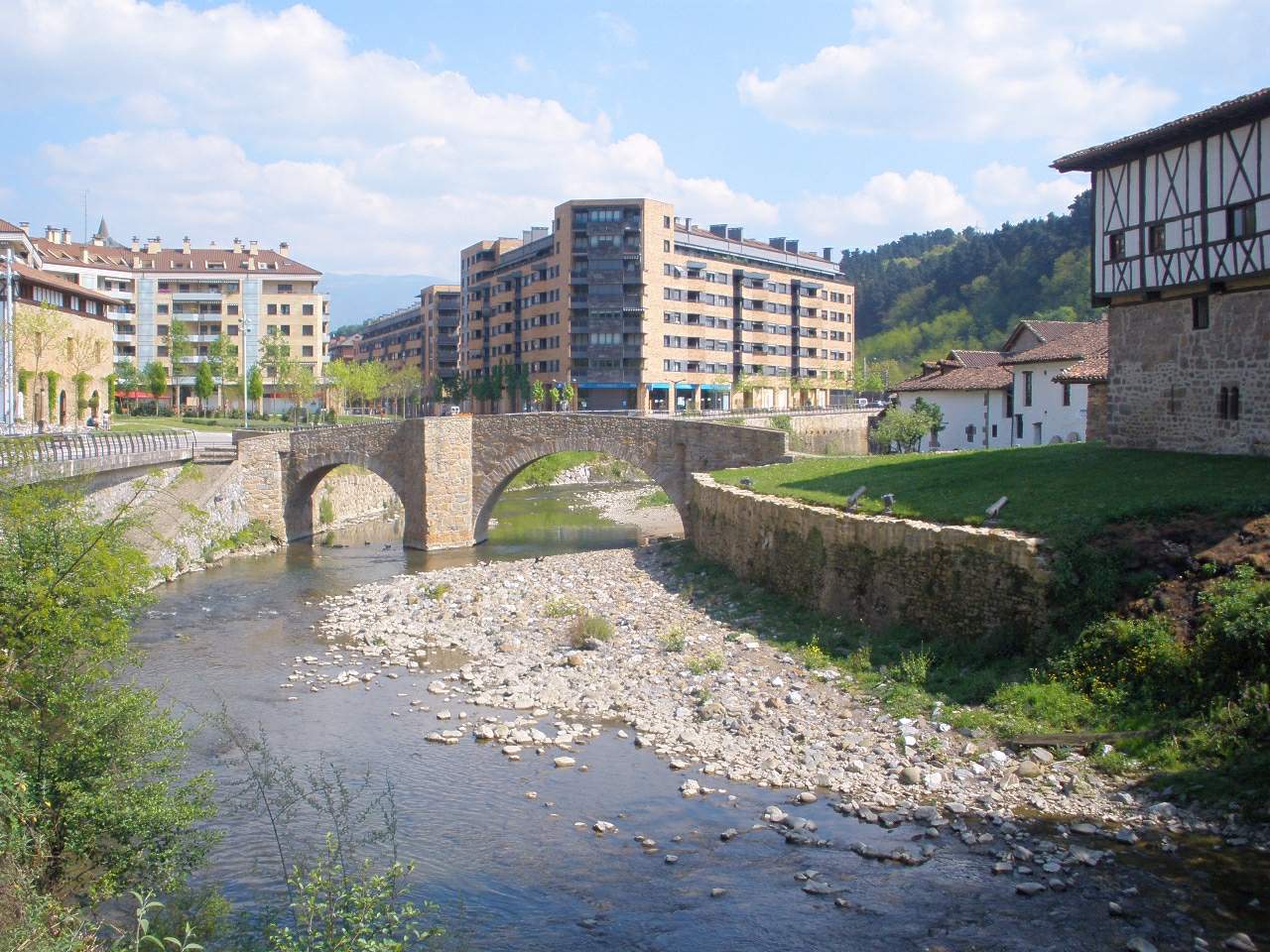|
Euskotren 900 Series
The Euskotren 900 series is an electric multiple unit (EMU) train type operated by Euskotren in the Basque Country (autonomous community), Basque Country, Spain. History In January 2009, Euskotren awarded Construcciones y Auxiliar de Ferrocarriles, CAF the construction of 27 3-car EMUs for 129 million euros, excluding VAT. The contract was later extended to 30 4-car EMUs for 201 million euros. The first trainset was delivered on 16 March 2011 in Durango, Biscay, Durango. Five days later, on March 21, it made its first test trip on the San Sebastián Metro, Topo line. The series entered service on that same line (Euskotren Trena, Euskotren's busiest) on July 22. The series gradually replaced the older Euskotren 200 series, 200 and Euskotren 3500 series, 3500 series trains, with the last unit being delivered in 2014. Interior Each train has 214 seats, with additional space for 186 standing passengers. Internally, the four cars are connected with open gangways. Ten of the trains ( ... [...More Info...] [...Related Items...] OR: [Wikipedia] [Google] [Baidu] |
Construcciones Y Auxiliar De Ferrocarriles
Construcciones y Auxiliar de Ferrocarriles (Grupo CAF, literally "Construction and Other Railway Services") is a Spanish publicly listed company which manufactures railway vehicles and equipment and buses through its Solaris Bus & Coach subsidiary. It is based in Beasain, Basque Autonomous Community, Spain. Equipment manufactured by Grupo CAF includes light rail vehicles, rapid transit trains, railroad cars and locomotives, as well as variable gauge axles that can be fitted on any existing truck or bogie. Over the 20 years from the early 1990s, CAF benefited from the rail investment boom in its home market in Spain to become a world player with a broad technical capability, able to manufacture almost any type of rail vehicle. CAF has supplied railway rolling stock to a number of major urban transit operators around Europe, the US, South America, East Asia, India, Australia and North Africa. History ''CAF'' was an acronym for the earlier name of ''Compañía Auxiliar de Fer ... [...More Info...] [...Related Items...] OR: [Wikipedia] [Google] [Baidu] |
Basque Country (autonomous Community)
The Basque Country (; eu, Euskadi ; es, País Vasco ), also called Basque Autonomous Community ( eu, Euskal Autonomia Erkidegoa, links=no, EAE; es, Comunidad Autónoma del País Vasco, links=no, CAPV), is an Autonomous communities of Spain, autonomous community of Spain. It includes the Provinces of Spain, provinces (and historical territories) of Álava, Biscay, and Gipuzkoa, located in the north of the Iberian Peninsula, bordering on the autonomous communities of Cantabria, Castile and León, La Rioja (Spain), La Rioja, and Navarre, and the Regions of France, French region of Nouvelle-Aquitaine. The Basque Country or Basque Autonomous Community is enshrined as a 'Nationalities and regions of Spain, nationality' within the Spanish State in Statute of Autonomy of the Basque Country, its 1979 statute of autonomy, pursuant to the administrative acquis laid out in the Spanish Constitution of 1978, 1978 Spanish Constitution. The statute provides the legal framework for the develop ... [...More Info...] [...Related Items...] OR: [Wikipedia] [Google] [Baidu] |
CAF Multiple Units
CAF or caf may refer to: Armed forces *Canadian Armed Forces (Canadian Forces), the Canadian Air Force, Army, and Navy *Canadian Air Force, now the Royal Canadian Air Force *Republic of China Air Force, the air force of the Republic of China (Taiwan) *Chief of Air Force (Australia), the commander of the Royal Australian Air Force * Cactus Air Force, an American aviation force in the Battle of Guadalcanal *Croatian Armed Forces, the Croatian Air Force, Army and Navy * Continental Air Force, a former major command of the United States Army Air Forces Computing and networking *Canadian Access Federation, a service of CANARIE Inc *SAP Composite Application Framework, a tool by SAP AG *Core Audio Format, a file format from Apple for storing audio data *Coarray Fortran, a parallel extension to Fortran language Organisations Governmental organisations *Caisse d'allocations familiales, French governmental agencies for family-supporting subsidies * Centro Andaluz de la Fotografía, a pho ... [...More Info...] [...Related Items...] OR: [Wikipedia] [Google] [Baidu] |
Electric Multiple Units Of Spain
Electricity is the set of physical phenomena associated with the presence and motion of matter that has a property of electric charge. Electricity is related to magnetism, both being part of the phenomenon of electromagnetism, as described by Maxwell's equations. Various common phenomena are related to electricity, including lightning, static electricity, electric heating, electric discharges and many others. The presence of an electric charge, which can be either positive or negative, produces an electric field. The movement of electric charges is an electric current and produces a magnetic field. When a charge is placed in a location with a non-zero electric field, a force will act on it. The magnitude of this force is given by Coulomb's law. If the charge moves, the electric field would be doing work on the electric charge. Thus we can speak of electric potential at a certain point in space, which is equal to the work done by an external agent in carrying a unit of ... [...More Info...] [...Related Items...] OR: [Wikipedia] [Google] [Baidu] |
Euskotren 950 Series
The Euskotren 950 series is an electric multiple unit (EMU) train type operated by Euskotren in the Basque Country, Spain. History In June 2014, Euskotren awarded CAF the construction of 28 3-car EMUs for 150 million euros. They are similar to the earlier 900 series, but feature improved accessibility. The first trainset was delivered in November 2015. The series entered service on the Txorierri line on July 2, 2016. The series gradually replaced the older 200 and 300 series trains, with the last unit being delivered in 2018. Now, they also run local services between Eibar and Ermua, on the Urdaibai line, and on Bilbao metro line 3. Interior Each train has 94 seats, with additional space for 202 standing passengers. Internally, the three cars are connected with open gangways. Wheelchair space is provided at one end of the intermediate car, the doors near it are equipped with ramps. All trains have dedicated spaces for passengers carrying bicycles. File:Bicicleta euskotren. ... [...More Info...] [...Related Items...] OR: [Wikipedia] [Google] [Baidu] |
Euskotren Rolling Stock
Euskotren is a public railway operator in the Basque Country, Spain. Its rolling stock is formed by electrical multiple units used for Euskotren Trena commuter rail services, trams running on the Bilbao and Vitoria-Gasteiz tramway networks, and locomotives for hauling freight trains. Current and future Electrical multiple units Locomotives Trams Retired When Euskotren (known at the time as Basque Railways) was founded in 1982, it inherited the rolling stock FEVE Renfe Feve is a division of state-owned Spanish railway company Renfe Operadora. It operates most of Spain's of railway. This division of Renfe was previously a stand-alone company named FEVE (Ferrocarriles de Vía Estrecha,Law 11/1965 of 2 ... had been using in the Basque Country until then. However, most of FEVE's rolling stock had previously been operated by different private companies, notably Ferrocarriles Vascongados and FTS. Rolling stock acquired during the FEVE years (1972 to 1982) and ... [...More Info...] [...Related Items...] OR: [Wikipedia] [Google] [Baidu] |
Passenger Train Toilet
Many passenger trains (usually medium and long-distance) have toilet facilities, often at the ends of carriages. Toilets suitable for wheelchair users are larger, and hence trains with such facilities may not have toilets in each carriage. Hopper toilet The traditional method of disposing human waste from trains is to deposit the waste onto the tracks or, more often, onto nearby ground using what is known as a hopper toilet. This ranges from a hole in the floor to a full-flush system (possibly with sterilization). The hole in the floor (also known as a drop chute toilet or direct flush toilet) system is still in use in many parts of the world, particularly on older rolling stock. The principal disadvantage is that it can be considered crude or unhygienic and dangerous to health and the environment – it litters the railway lines and can convey serious health risks when the train passes over or under a navigable waterway. Passengers may be discouraged from flushing or using toil ... [...More Info...] [...Related Items...] OR: [Wikipedia] [Google] [Baidu] |
Euskotren Trena
Euskotren Trena, formerly known just as ''Euskotren'' is a commuter, inter-city and urban transit train-operating company that operates local and inter-city passenger services in the provinces of Biscay and Gipuzkoa, in the Basque Country, Spain. It is one of the four commercial brands under which Euskotren operates, as a public company managed by the Basque government. The entire network uses narrow gauge rail tracks which have been owned by the Basque Government since their transferral from the Spanish government; the rail tracks and stations were part of the FEVE network until its transferral. Euskotren Trena also operates the Donostia/San Sebastián metro under the brand Metro Donostialdea. Euskotren Trena operates the railway services and networks, while Euskotren Tranbia operates the tram networks, ''Euskotren Autobusa'' the bus services and ''Euskotren Kargo'' the freight rail services. Since 2006 Euskotren Trena has been the commercial brand for the operator of t ... [...More Info...] [...Related Items...] OR: [Wikipedia] [Google] [Baidu] |
San Sebastián Metro
Euskotren operates frequent commuter rail services in the city of San Sebastián and the surrounding Donostialdea area, in the Basque Country, Spain. The infrastructure is gradually being upgraded to rapid transit standards, in order to create the San Sebastián Metro ( es, Metro de San Sebastián, eu, Donostiako metroa). The line is commonly known as Topo (), due to the large number of tunnels present. As of 2021, the San Sebastián suburban rail services are branded as part of the Euskotren Trena network, with no separate identity. History The meter-gauge line opened on December 5, 1912 between San Sebastián with Irun. It was extended to Hendaye the following year. The network was subsequently owned by FEVE, the Spanish narrow-gauge railway company, until it was transferred to the Basque Government in the 1970s. In the early 1980s, it was integrated into ''EuskoTren'', along with other narrow-gauge lines in the Basque Country. Since the 2010s, the line has been gradual ... [...More Info...] [...Related Items...] OR: [Wikipedia] [Google] [Baidu] |
Durango, Biscay
Durango is a town and municipality of the historical territory and province of Biscay, located in the Basque Country (autonomous community), Basque Country, Spain. It is the main town of Durangaldea, one of the ''comarcas of Spain, comarcas'' of Biscay. Because of its economical activities and population, Durango is considered one of the largest towns in Biscay after the ones that compose the conurbation of Greater Bilbao. Durango has 29,318 inhabitants (2017). The town is crossed by three rivers (as illustrated in the town symbol). The Ibaizabal river is the main river, and lies in the middle of its wide valley, with the Urkiola, Urkiola mountain range and natural park to the south. The most important peak is the majestic Anboto ( in elevation). In addition, inside the town two mountains stand out: Pagasarri mountain (838 m) and mugarra mountain (453 m). Etymology There are many differing opinions about the origin of the name Durango. Basque linguist Alfonso Irigoyen ... [...More Info...] [...Related Items...] OR: [Wikipedia] [Google] [Baidu] |
Electric Multiple Unit
An electric multiple unit or EMU is a multiple-unit train consisting of self-propelled carriages using electricity as the motive power. An EMU requires no separate locomotive, as electric traction motors are incorporated within one or a number of the carriages. An EMU is usually formed of two or more semi-permanently coupled carriages, but electrically powered single-unit railcars are also generally classed as EMUs. The great majority of EMUs are passenger trains, but versions also exist for carrying mail. EMUs are popular on commuter and suburban rail networks around the world due to their fast acceleration and pollution-free operation. Being quieter than diesel multiple units (DMUs) and locomotive-hauled trains, EMUs can operate later at night and more frequently without disturbing nearby residents. In addition, tunnel design for EMU trains is simpler as no provision is needed for exhausting fumes, although retrofitting existing limited-clearance tunnels to accommodate the ... [...More Info...] [...Related Items...] OR: [Wikipedia] [Google] [Baidu] |
Beasain
Beasain is a town and municipality located in the Goierri region of the province of Gipuzkoa, in the Autonomous Community of the Basque Country, northern Spain. It has an important industry of railway vehicles and related equipment ( CAF) that exports its production around the world. In 2015 it had a population of 13,980 inhabitants. Notable people * Karlos Arguiñano (born September 6, 1948) is a Spanish chef. * Pako Ayestarán (born 5 February 1963) is a Spanish football manager, currently Head Coach of Valencia CF. * Gorka Elustondo (born 18 March 1987) is a Spanish football player, currently playing for Rayo Vallecano Rayo Vallecano de Madrid, S.A.D. (), often abbreviated to Rayo (Spanish for "thunderbolt"), is a Spanish professional football club based in Madrid, in the neighbourhood of Vallecas. Rayo was founded on 29 May 1924, and currently compete in La Li ... References External links Official website "Beasain" ''Auñamendi Eusko Entziklopedia'' ... [...More Info...] [...Related Items...] OR: [Wikipedia] [Google] [Baidu] |






